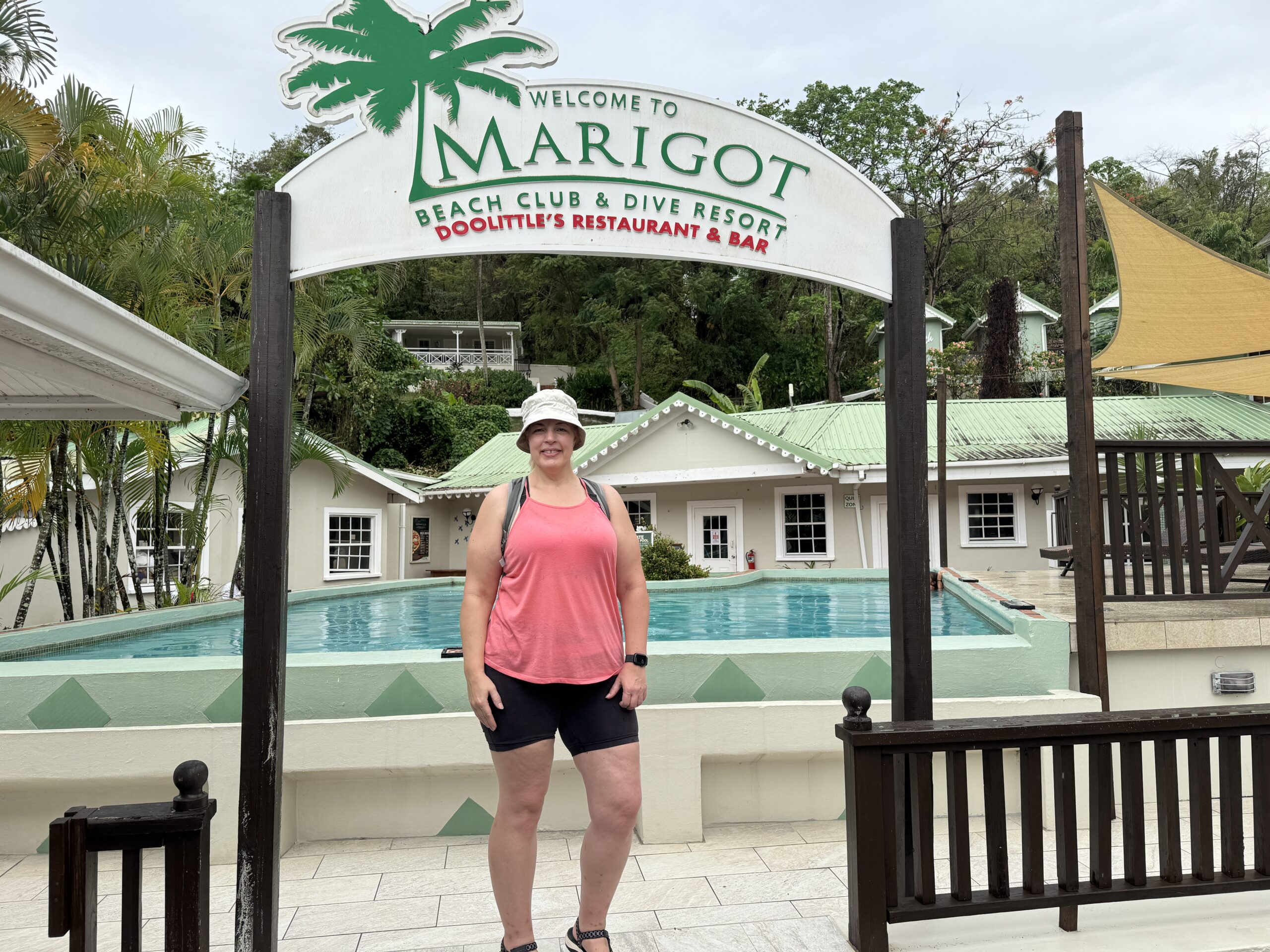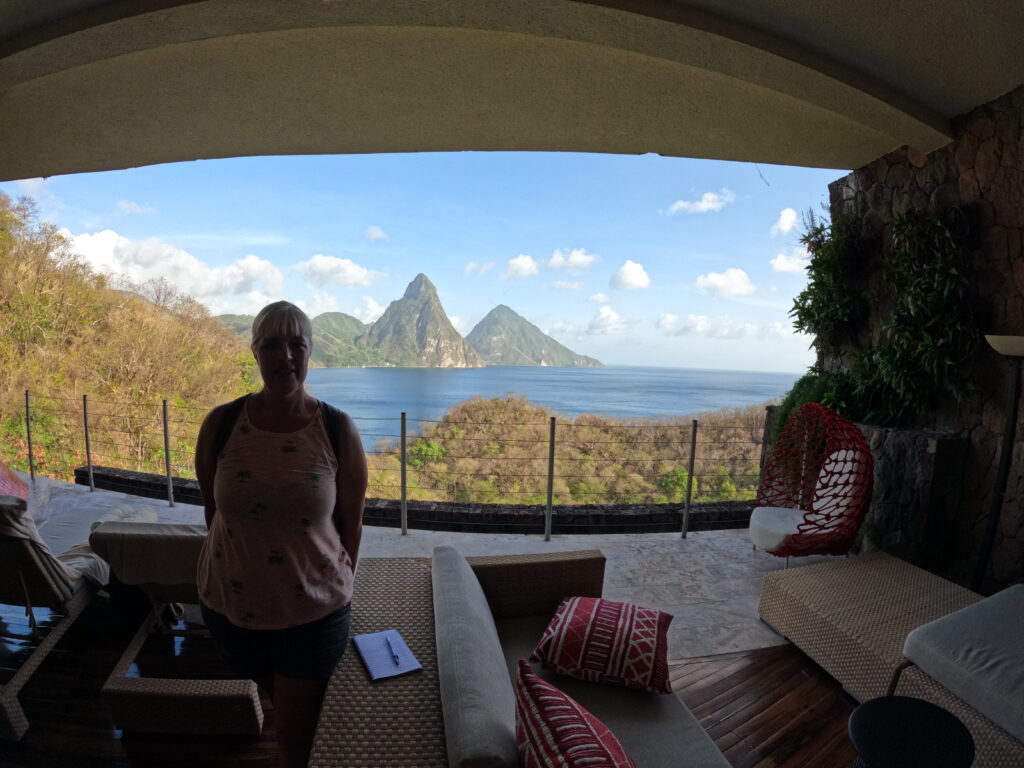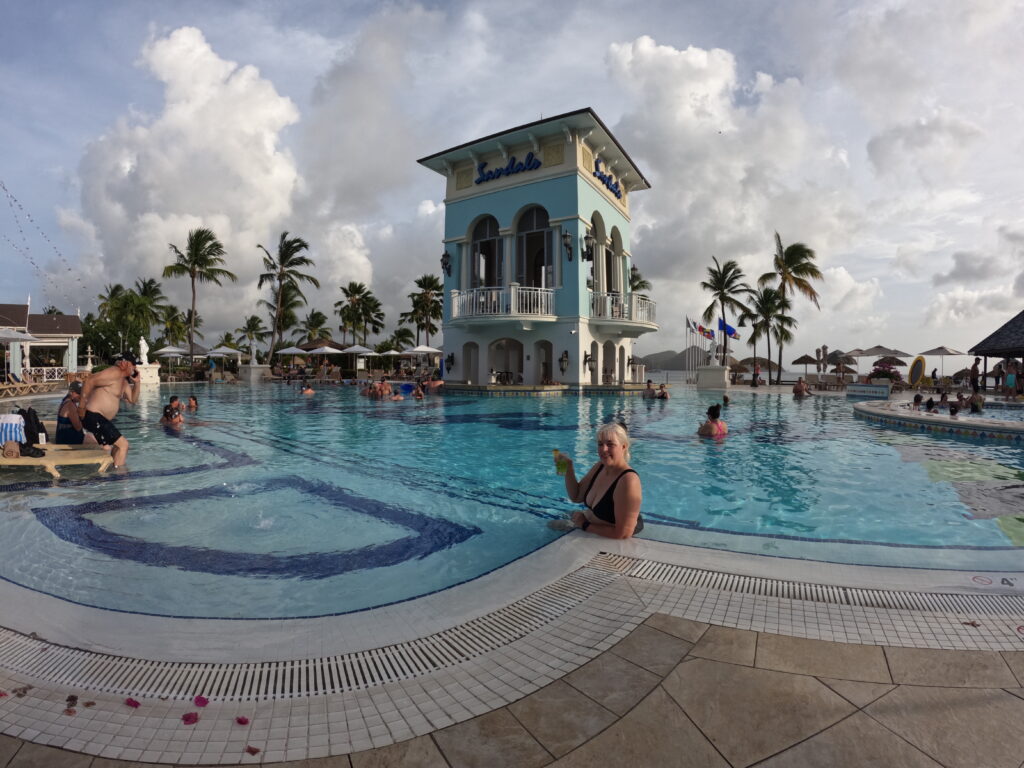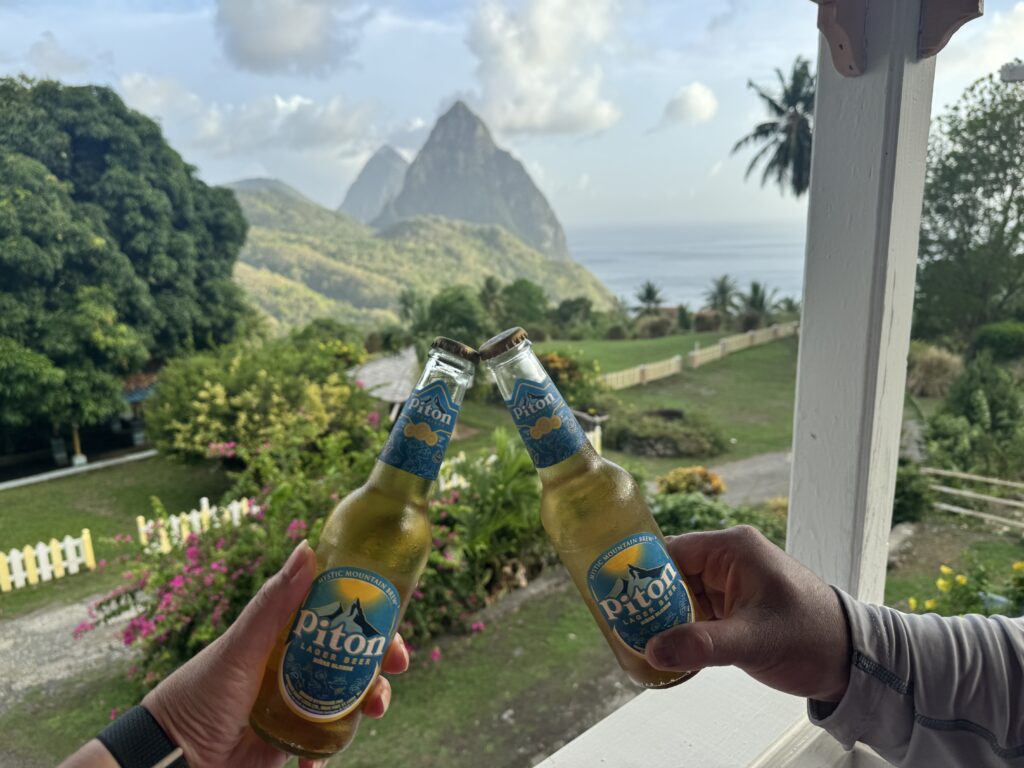St. Lucia Travel Guide: Essential Tips Before You Book Your Trip

After exploring numerous Caribbean destinations, St. Lucia stands out as something truly special. During our 12-day stay on the island, we experienced both the popular tourist areas and the authentic local culture that makes this destination unforgettable. Here’s everything you need to know before planning your St. Lucia adventure.

Weather and Climate: What to Expect
St. Lucia’s tropical climate means warm temperatures year-round, but be prepared for humidity and rain. The weather can be quite muggy, and insects are more prevalent than on some other Caribbean islands—particularly in the southern areas around Marigot Bay compared to the northern Rodney Bay region.
Bug Protection is Essential: Bring quality insect repellent from home. While natural eucalyptus-based sprays offer some protection, DEET-based products tend to be more effective. You can purchase bug spray on the island, but expect to pay premium prices.
Hurricane Season Considerations: The Atlantic hurricane season runs from June 1st through November 1st. While St. Lucia has only experienced 14 direct hurricane hits in 150 years, it’s wise to purchase travel insurance for your peace of mind during these months.
Rain Patterns: Expect intermittent rain showers throughout your visit. These bursts of tropical rain typically don’t last all day, though occasional all-day rain is possible.
Understanding St. Lucian Culture
The people of St. Lucia are genuinely warm and welcoming. Throughout our stay, we enjoyed meaningful conversations with locals who were curious about our experiences and eager to share their culture.
Language: English is widely spoken, making communication easy for most visitors. You’ll also hear Creole and Patois, the local languages that add to the island’s cultural richness.
Family-Friendly Atmosphere: St. Lucia maintains a more conservative, family-oriented culture compared to some Caribbean destinations.
Important Clothing Restriction: Camouflage clothing is banned in St. Lucia. Leave any camouflage pants, shirts, or accessories at home.
Authentic Experience: One of St. Lucia’s greatest strengths is its authentic local feel. While tourist areas exist, the island hasn’t been overdeveloped for Western visitors. You’ll experience genuine Caribbean culture rather than a manufactured tourist experience.


Currency and Budget Planning
The Eastern Caribbean Dollar (EC) is the official currency, though US dollars are widely accepted throughout the island. Keep in mind that prices are typically displayed in EC with an exchange rate of approximately 2 :1 (EC$ to US$).
Cost Expectations: Prices tend to be higher than mainland destinations since most goods are imported. Budget-conscious travelers can save significantly by choosing accommodations with full kitchens and preparing some meals. If dining out regularly, expect to spend $150-$250 per person daily.

Safety and Security
St. Lucia maintains a Level 1 travel advisory (exercise normal precautions)—the safest rating issued by travel authorities. However, common sense safety practices still apply.
Stay Alert: While the island is generally safe and the people are friendly, remain aware of your surroundings. Don’t let the paradise setting cause you to abandon basic safety precautions.
Safe Exploration: Popular areas like Castries and Soufrière are welcoming destinations where you can explore comfortably while maintaining normal vigilance.
Water Safety: Tap water is safe to drink throughout St. Lucia—a convenience many travelers appreciate.
Food Safety: Follow standard food safety guidelines. If you have allergies, always inquire about ingredients. Street food is generally safe, but bring digestive remedies like Imodium if you have a sensitive stomach.
Essential Packing Tips

Reef-Safe Sunscreen: St. Lucia’s coral reefs are precious ecosystems. Pack reef-safe sunscreen to help protect these natural wonders.
Electrical Adapters: Most of the island uses UK-style electrical outlets (though some accommodations have US outlets). Check with your hotel before arrival. Both of our accommodations required UK adapters, while resorts like Sandals featured US-style outlets.
Bug Spray: As mentioned, this is essential—pack it from home to save money.
No Camouflage: Remember, camouflage clothing is prohibited.
Passport Validity: Ensure your passport remains valid for at least six months beyond your travel dates.
Getting Around: Geography and Transportation

Don’t let St. Lucia’s compact size fool you. The island’s mountainous terrain means narrow, winding roads that require patience and time to navigate.
Travel Times: Plan for 1.5 to 2 hours to travel from UVF Airport (in the south) to accommodations in Marigot Bay or Rodney Bay in the north.
Transportation Options:
- Shared or private taxis
- Car rentals (if you’re comfortable with challenging roads)
- Water taxis
- Helicopter transfers
Pack your patience for the journey—the scenic views are worth the extended travel time.

Planning Your Perfect St. Lucia Vacation
St. Lucia offers an authentic Caribbean experience that balances natural beauty with genuine cultural immersion. Whether you’re seeking adventure, relaxation, or cultural exploration, this island delivers on all fronts.
The key to a successful trip is preparation: understanding the climate, respecting local customs, budgeting appropriately, and packing the right items. With these essentials covered, you’re ready to experience one of the Caribbean’s most enchanting destinations.

Ready to start planning your St. Lucia adventure? Remember that careful preparation ensures you’ll spend less time dealing with logistics and more time enjoying this incredible island paradise.
Michelle is a trusted travel advisor and St. Lucia destination specialist known as the Traveling Chzhed. She specializes in creating authentic experiences and helping travelers discover the islands’ hidden gems beyond typical tourist attractions.
